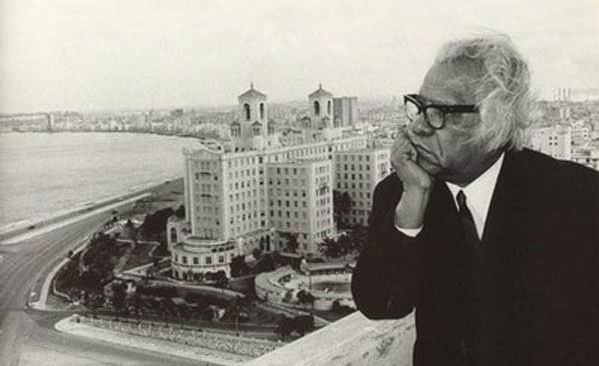4.1.1.14.12 “Diario que a diario”, published by Nicolás Guillén in 1972

In this collection of poems, Guillén continues some of the ethical and aesthetic concerns that were included in “La rueda dentada” (The Sprocket), in which, as will be seen later, poetry and journalism converge with great creativity, with the intention of transmitting a message to society and simultaneously serving as the mirror it constantly demands.
In this, among other topics, Guillén explores, from a poetic position already rooted in the heart of the Revolution, as if by contrast, the roots of Black slavery in the colonial past, so as not to obliterate it. He achieves this through a broad array of resources based on his wealth of knowledge about Cuban culture, the society of yesteryear, and its evolution.
Guillén’s resource is an effective lyrical transubstantiation, based on the reference to the messages that advertised the sale of slaves in the newspapers of yesteryear: “White woman, four months old, without a scratch or wound, / with good and abundant milk, regular laundress; Creole cook, healthy and without blemish, very fresh girl.”
The inversion of the colors of slavery is a way of conveying a message condemning exploitation in any situation and latitude, while also provoking a collective anamnesis about what humanity has done, both as a lesson for the future and as a strengthening of truly essential ethical values.
The text reveals the hilarious treatment of a topic that always deserved the utmost seriousness, because it seeks to subvert its own codes to anchor in new poetic times, from the line of absurdity that seeks to expose everyday social folds, how morality could be the repository of irrational dogmas, alien to human plenitude.
The artistic resources he employs are diverse, enriched by his entire life and by his sustained neophyte attitude, always drinking from the troughs of culture and society with an “inexhaustible” thirst, like these waters themselves. In this sense, without ever assuming the role of a master, he dedicated himself to perfecting, through lyrical poetry, the national being, a living creature that mutated from generation to generation but without losing its true values.








